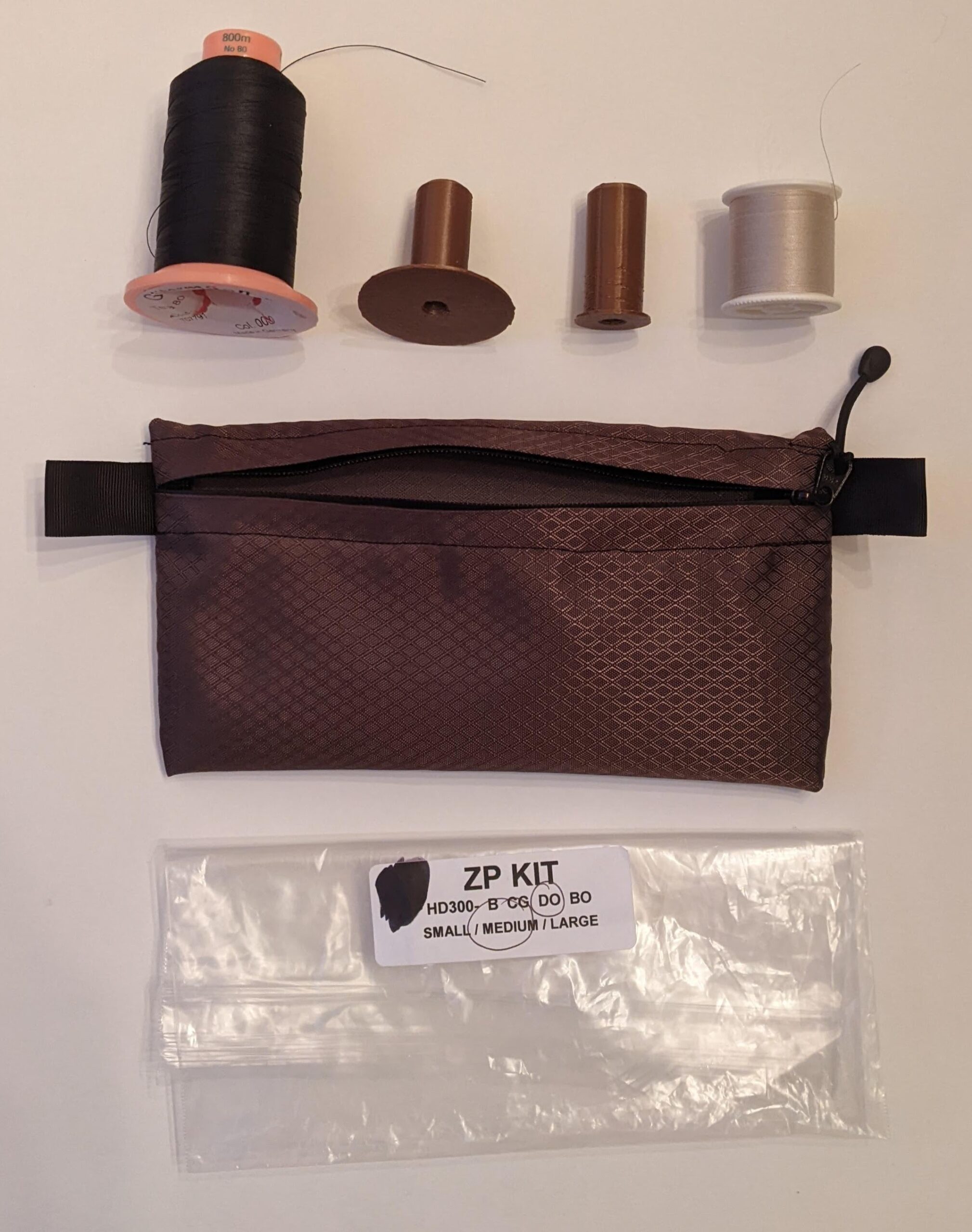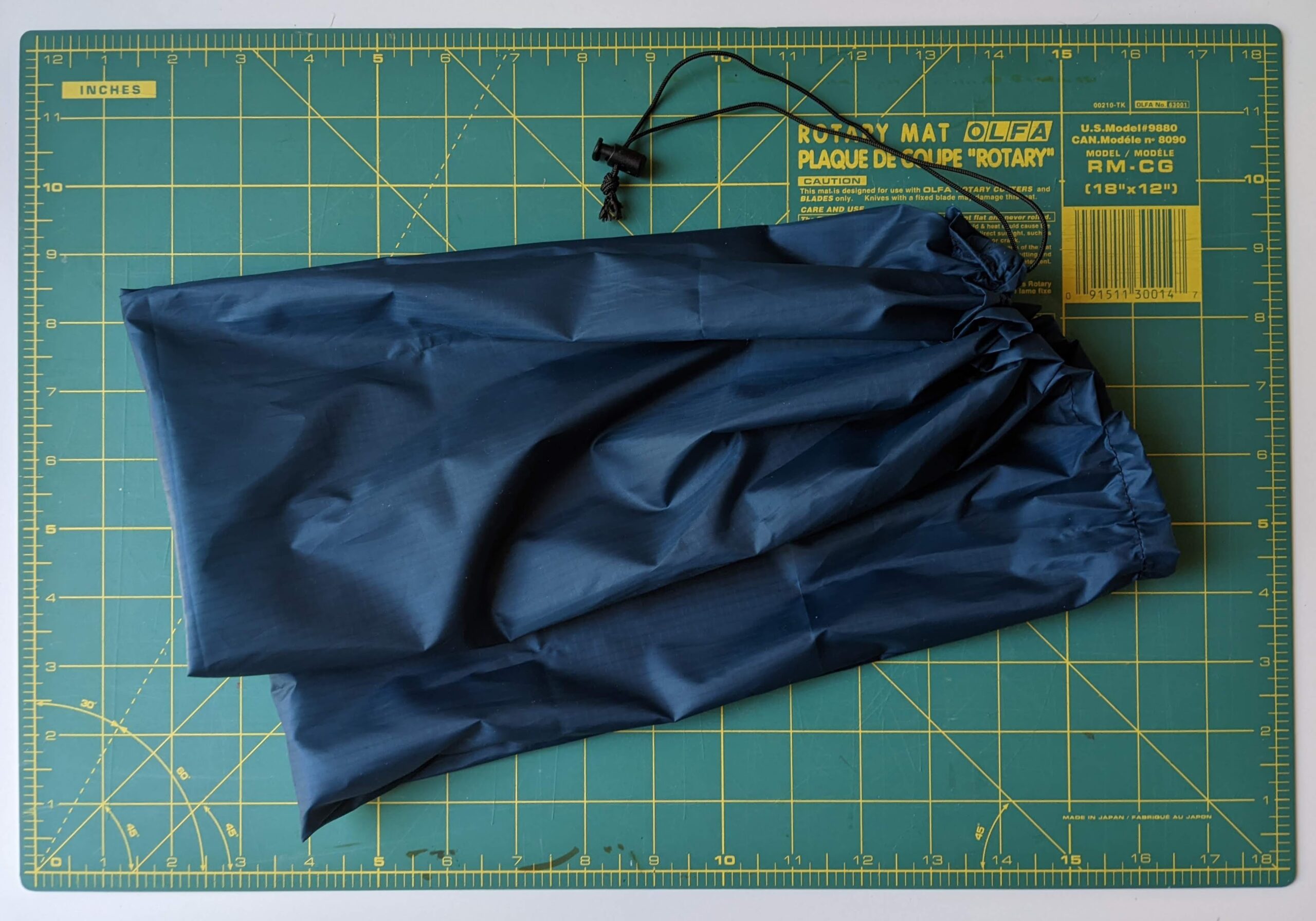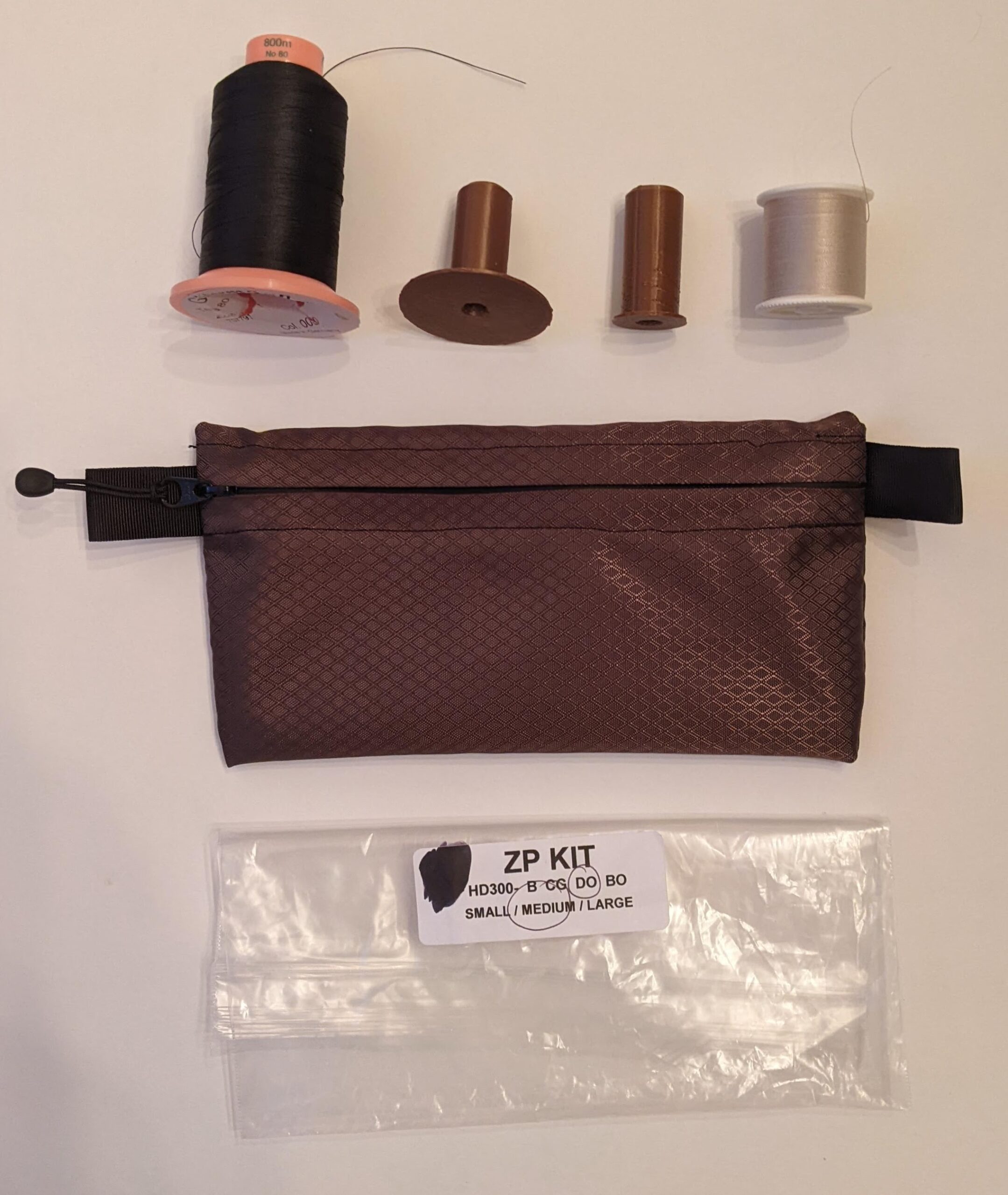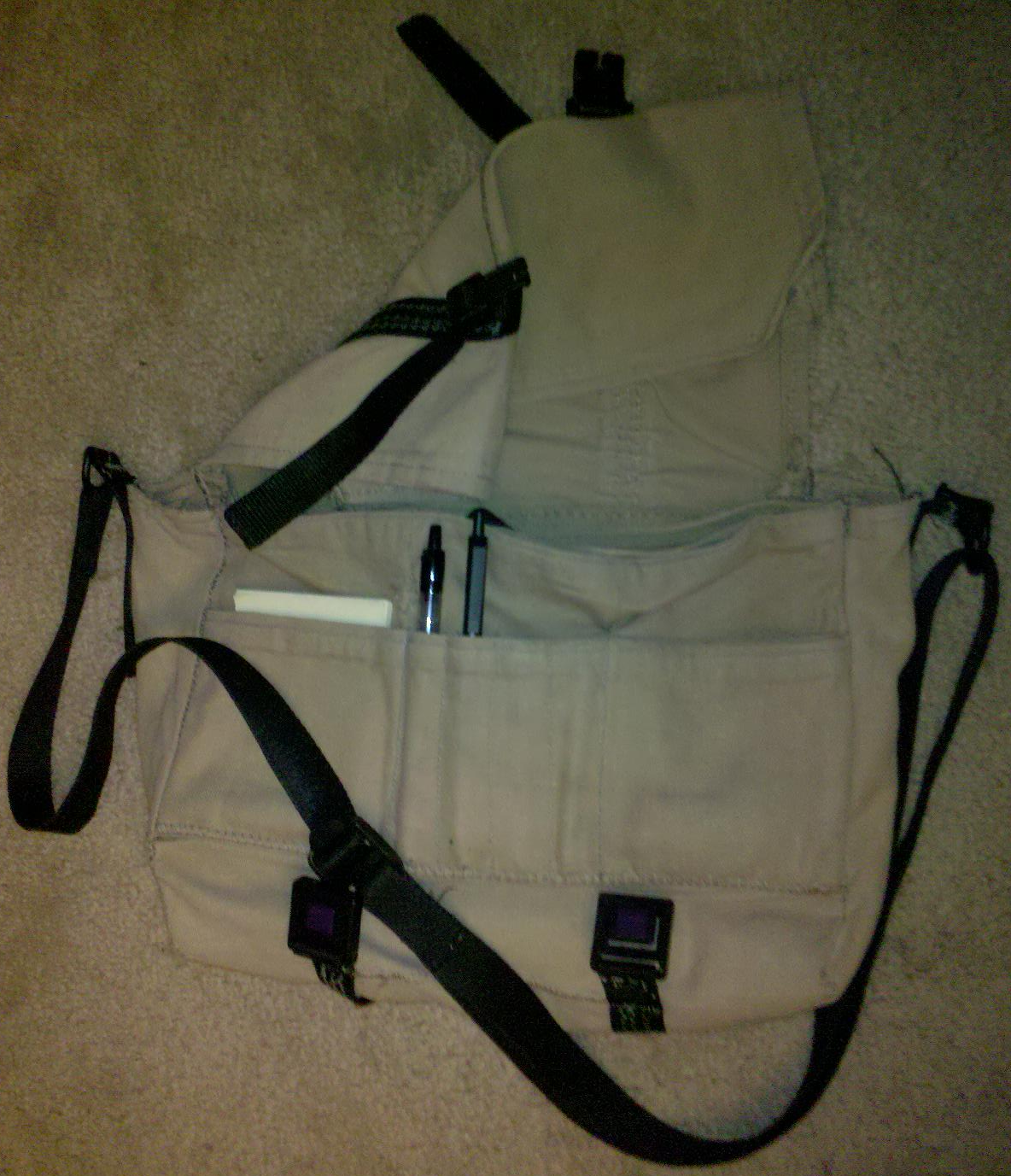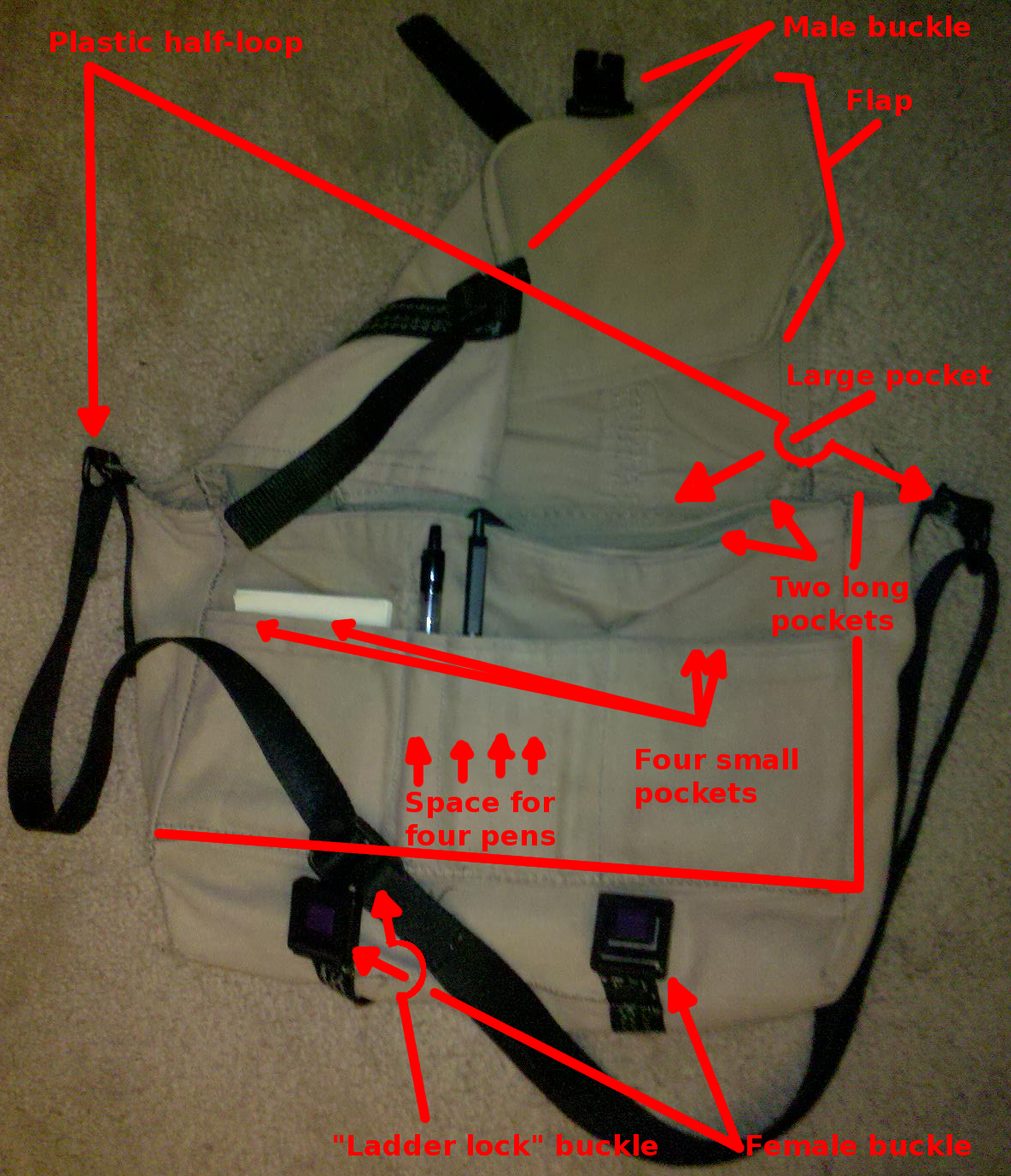I’m not too proud to admit that I thought Ryan Reynold’s thief character running around in Red Notice with a sling bag under his jacket packed with stolen goods was super cool. I genuinely want a sling bag to carry a small amount of things comfortably, possibly while looking cool, and absolutely not while committing crimes. I’d included these pictures above with a prior post and absolutely zero context. I meant to come back to that post and I guess I am… about two years later.
I guess this post is about what kinds of bags I might choose if I was going to pick something off the shelf. Or maybe just bags I saw. Really, though, it’s about getting rid of browser tabs.1
- Red Notice, Ryan Reynolds’ character Nolan booth using a North Face Electra Sling
- The online reviews were kinda mixed for this bag – which is irrelevant since they’re not for sale anywhere and hard to locate used.
- Deadpool 2, Josh Brolin’s Cable carrying an unknown tactical utility bag
- Likely a prop department modification of an existing bag. While I’ve seen references to a Porter Yoshida Heat Waist Bag2 or a Hazard4 brand bag in the years since the movie, I haven’t seen any definitive post identifying the specific manufacturer. Kind of a missed marketing opportunity to capitalize on people’s willingness to get something similar to what someone in a movie wore.
- I’d be interested to know what bag this really was and how it was put together, but all the unnecessarily militaristic MOLLE stuff and buckles would make it entirely too bulky for my purposes.
- Patagonia Atom 8L
- If I absolutely had to buy a side sling bag today, it would probably be either this Atom 8L or the Patagonia Black Hole Sling 8L, which appears to be semi-discontinued. 3 Not too small, not too big, strap looks wide and comfortable with a way to store a phone on it.
I do have some new designs for a bag, but they’re not super different from designs I posted last time. And, really, I should either shelve the idea of making a new bag entirely or just going and make something. I’d say my limiting factor of late has been time, rather than motivation.
I do genuinely want to get going on a few different sewing projects, though. Some small zipper bags, some cosplay elements to go with our Maker Faire (and OpenSauce!) applications, and of course a new bag to carry around.
It’s late and I’m babbling. More nonsense soon.
Custom Every Day Carry Bag

